Understanding Your
Home’s Electrical System
Understanding the basics of your home's electrical system is crucial for ensuring your safety and the efficient operation of your household. This comprehensive guide covers the key components, including circuits, breakers, and panels, and explains their roles in providing safe and reliable electricity to your home.

What Makes Up Your Home’s Electrical System?
Your home’s electrical system is a complex network designed to safely distribute electrical power throughout your home. It consists of several main components:
The Service Entrance
This is where your home’s electricity starts its journey. It’s where the main power line from your utility company connects to your house, typically through a meter that measures how much electricity you use.
The Electrical Panel
Often referred to as the breaker box, the electrical panel is the central control point for your home’s electricity. It distributes power through various circuits, each of which powers a specific section of your home. The panel houses circuit breakers, which protect each circuit from overloading by breaking the circuit if the current is too high.
Circuits and Wires
Each circuit within your electrical system is designed to carry electricity from the panel to the various outlets, lights, and appliances in your home. Wires within these circuits are color-coded to indicate their purpose:
- Black or Red Wires: Carry power to outlets and switches.
- White Wires: Return unused power to the panel.
- Green or Bare Copper Wires: Serve as the ground, providing a safe path for electricity in case of a fault.
Outlets and Switches
Outlets provide the points where you plug in appliances and devices, while switches control the flow of electricity to light fixtures and appliances.
Circuit Breakers
Circuit breakers are safety devices located in the electrical panel. They are designed to trip (turn off) when the current flowing through a circuit exceeds its safe limit. This prevents overheating and potential electrical fires.
The Role of Circuits, Breakers, and Panels
Circuits: Distributing Power
Circuits are the pathways that distribute electricity throughout your home. Each circuit is designed to handle a specific amount of electrical load, measured in amperes (amps). Most household circuits are rated for 15 to 20 amps, although larger appliances like dryers and ranges may require 30-50 amp circuits.
Breakers: Protecting Your Home
Circuit breakers play a crucial role in protecting your home from electrical hazards. By monitoring the flow of electricity and “tripping” to cut power when necessary, they prevent wiring from overheating, which can lead to fires. It’s important to regularly check your breakers to ensure they are functioning correctly.
Electrical Panel: The Control Center
The electrical panel is the heart of your home’s electrical system. It not only distributes power but also provides a central point for protecting your home with circuit breakers. Understanding how your panel works and ensuring it’s properly maintained is key to your electrical system’s safety and reliability.
Why It’s Critical to Your Safety
A well-maintained electrical system is fundamental to your home’s safety. Overloaded circuits, faulty wiring, and damaged components can pose serious fire hazards. Regular inspections and understanding the basics of how your system works can help you identify and address potential issues before they become dangerous.
Maintenance Tips
- Inspect Your Panel: Check for signs of wear, such as rust or burn marks, and ensure all breakers are firmly in place and labeled correctly.
- Test Your Breakers: Regularly testing circuit breakers can help ensure they are ready to protect your home in case of overload.
- Look Out for Warning Signs: Flickering lights, buzzing sounds from outlets, or frequent breaker trips are signs that your electrical system may need attention.
- Hire a Professional: For any repairs or upgrades, always hire a licensed electrician. DIY electrical work can be dangerous and may not comply with local building codes.
Understanding Your Electrical System’s Capacity
Knowing the capacity of your electrical system is important, especially if you plan to add new appliances or renovate your home. Older homes, in particular, may have lower capacity panels that struggle to meet modern electricity demands. If you’re unsure about your system’s capacity, consulting with an electrician can provide clarity and guidance.
Your home’s electrical system is a vital component of your daily life, providing the power needed for everything from lights to appliances. Understanding how it works, and more importantly, how to maintain it, is essential for ensuring your home is safe, efficient, and comfortable. Regular maintenance and a good relationship with a trusted electrician can keep your system running smoothly and prevent potential hazards.
Remember, electricity is a powerful tool that requires respect and understanding. By getting to know your home’s electrical system and adhering to safety practices, you can ensure a safe and happy home for years to come.
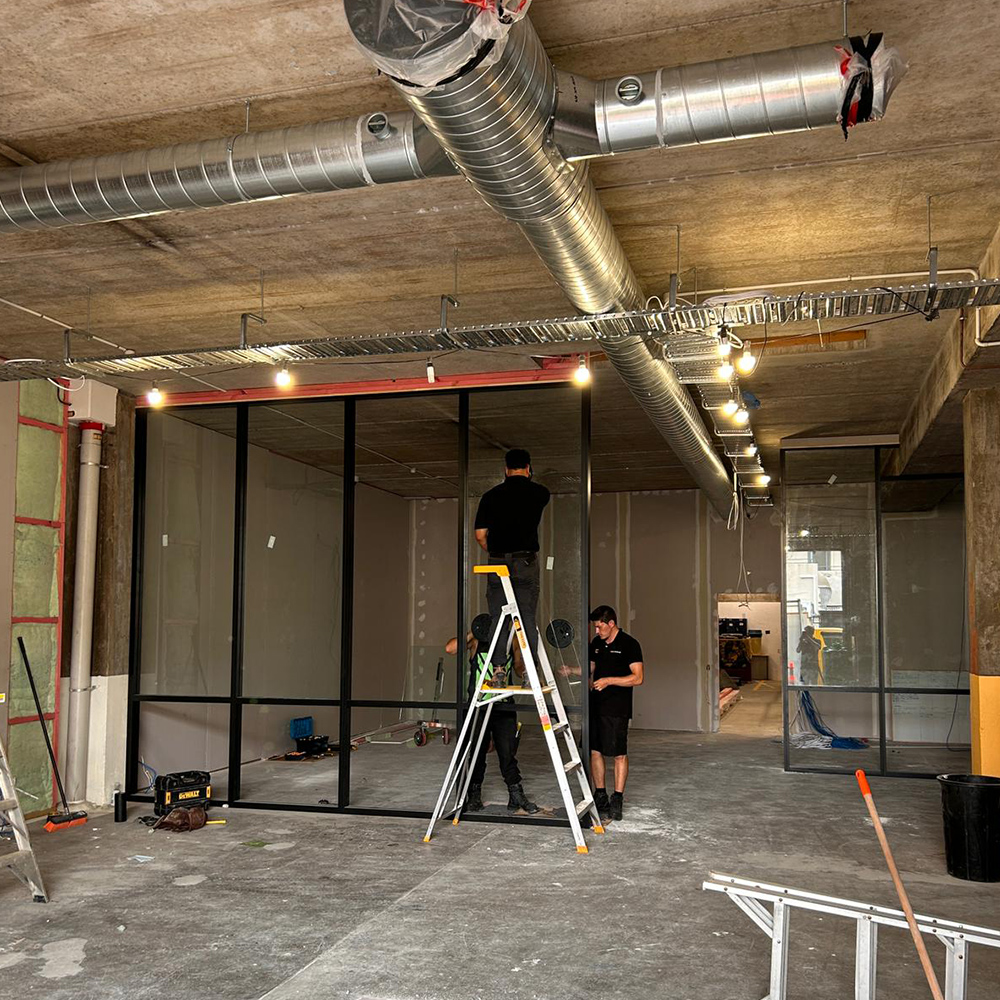
Understanding Your Home’s Electrical System
Learn the basics of how your home’s electrical system works, including the roles of circuits, breakers, and panels, and why they are critical to your safety.

Inspecting Outlets and
Switches
A step-by-step guide to checking outlets and switches for signs of wear, damage, or malfunction, ensuring they operate safely and efficiently.

The Importance of Grounding in Your Electrical System
Discover why proper grounding is essential for preventing electrical shocks and how to ensure your system is correctly grounded.

Surge Protection: Safeguarding Your Electronics
Learn how surge protectors can prevent damage to your electronics from sudden spikes in electrical voltage and how to choose and use them effectively.
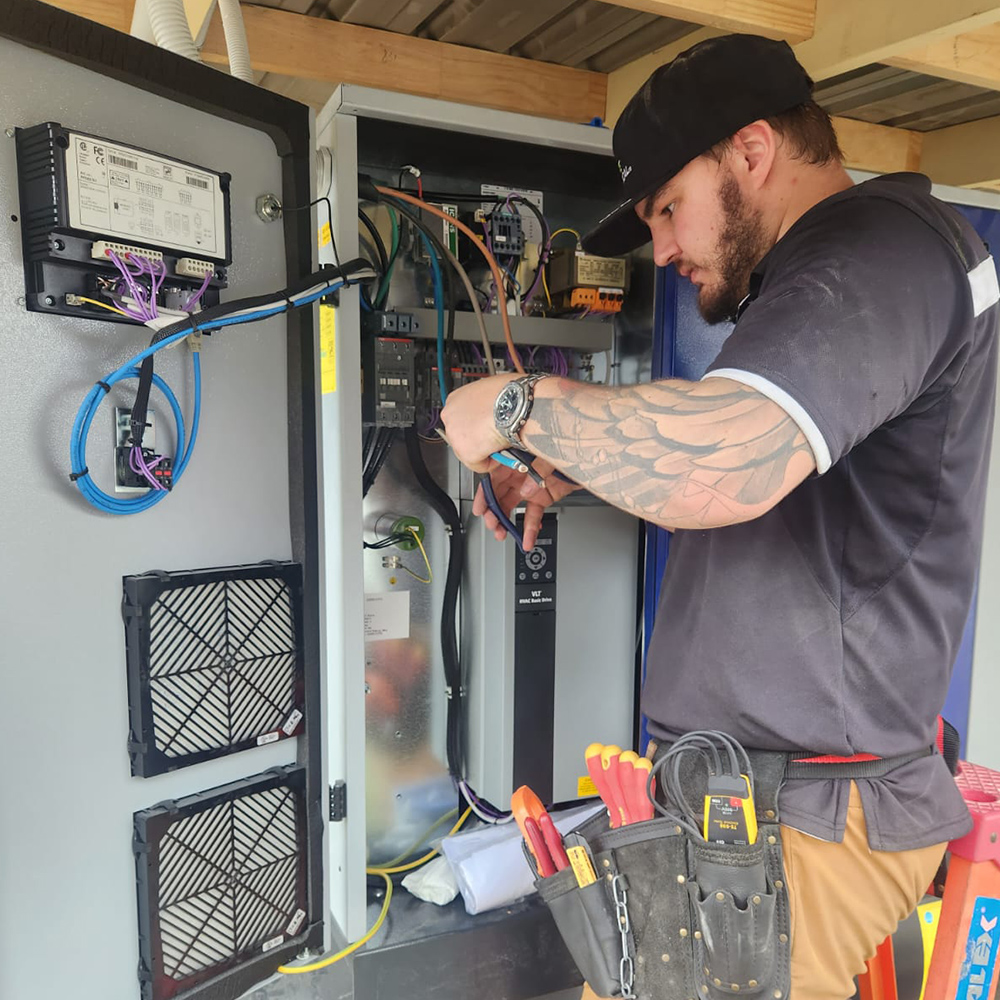
Extension Cord Safety:
Dos and Don’ts
Tips on selecting, using, and maintaining extension cords to avoid overheating and potential fire hazards.

Regular Maintenance of Your Electrical Panel
Understand the importance of regular checks and maintenance for your electrical panel to prevent overloaded circuits and potential fire risks.
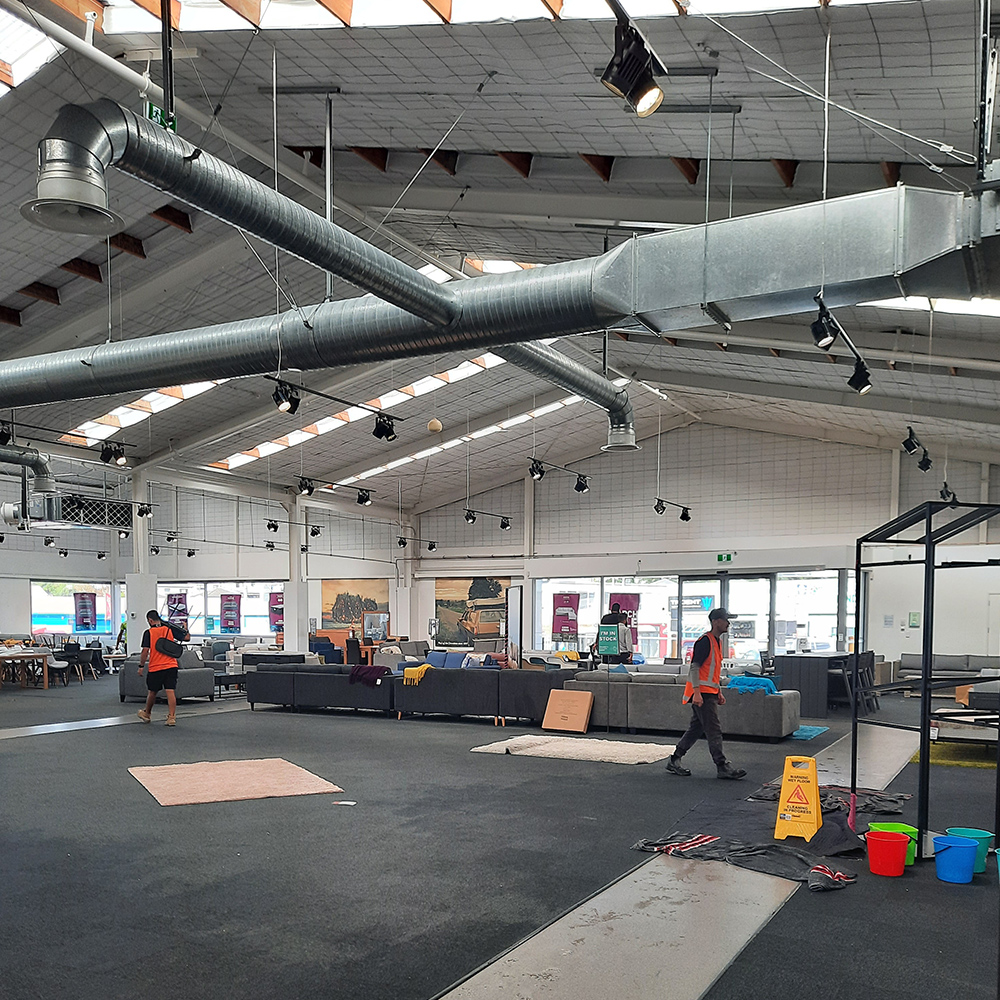
Detecting and Addressing Flickering Lights
Investigate the causes of flickering lights and how to address them, whether it’s a simple bulb change or a sign of underlying electrical issues.
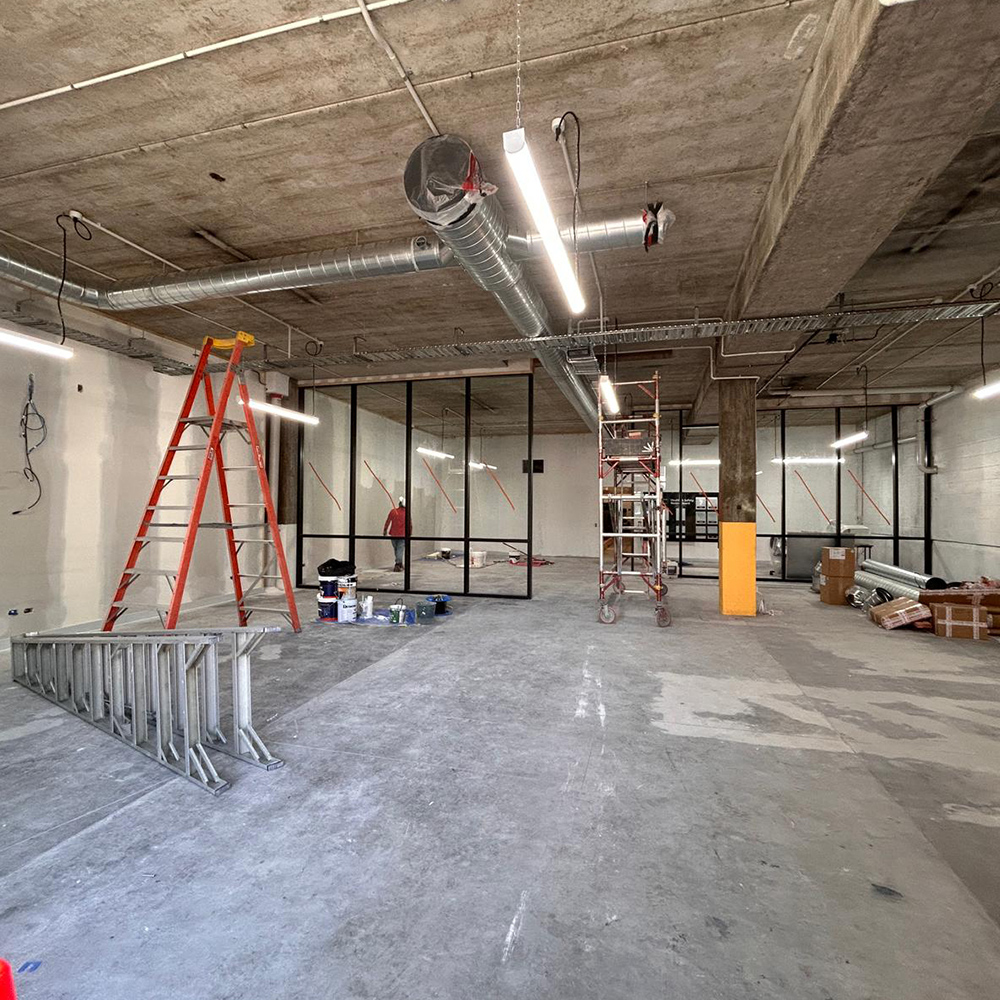
Safe Installation and Use of Appliances
Guidelines for installing and using household appliances to prevent electrical overloads and ensure efficient operation.
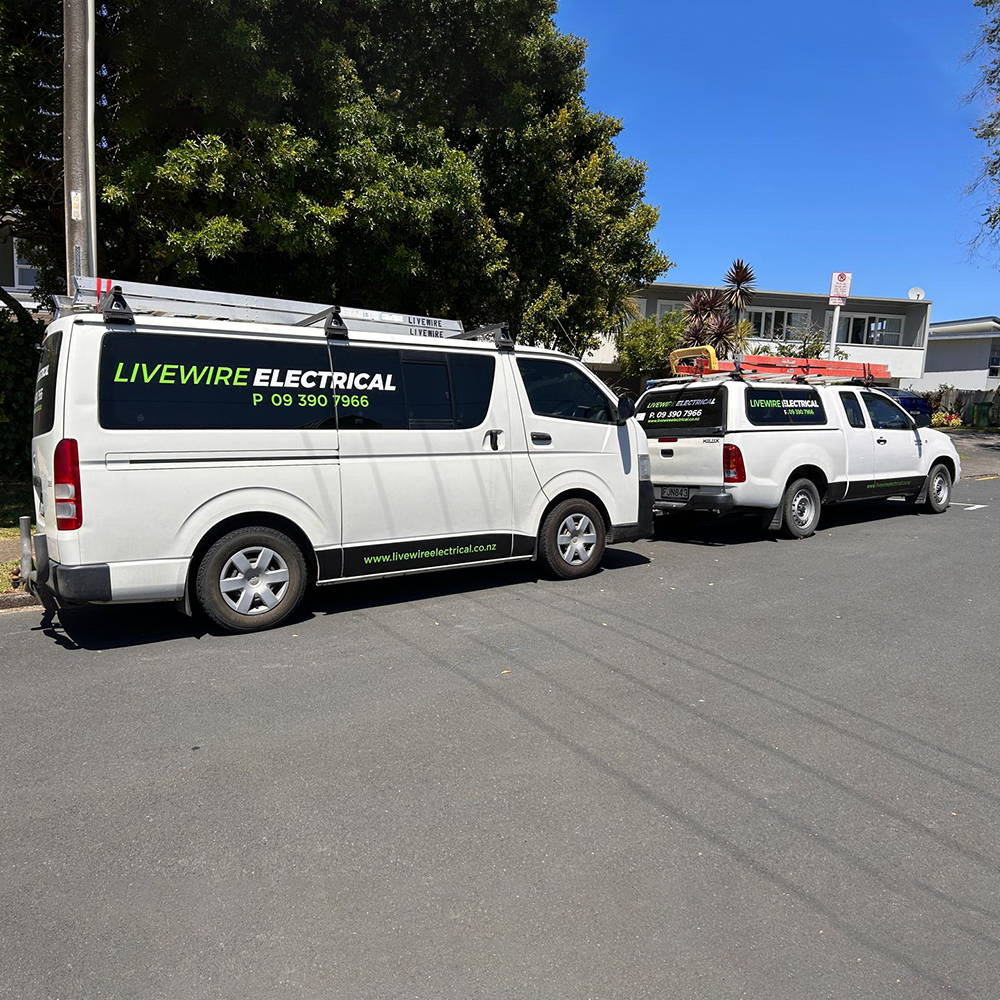
Childproofing Electrical Outlets and Devices
Strategies for keeping children safe from electrical hazards, including the use of safety caps and tamper-resistant (TR) outlets.

Hiring a Professional Electrician: When and Why
Recognize situations that require a professional electrician’s expertise to ensure the safety and integrity of your home’s electrical system.
